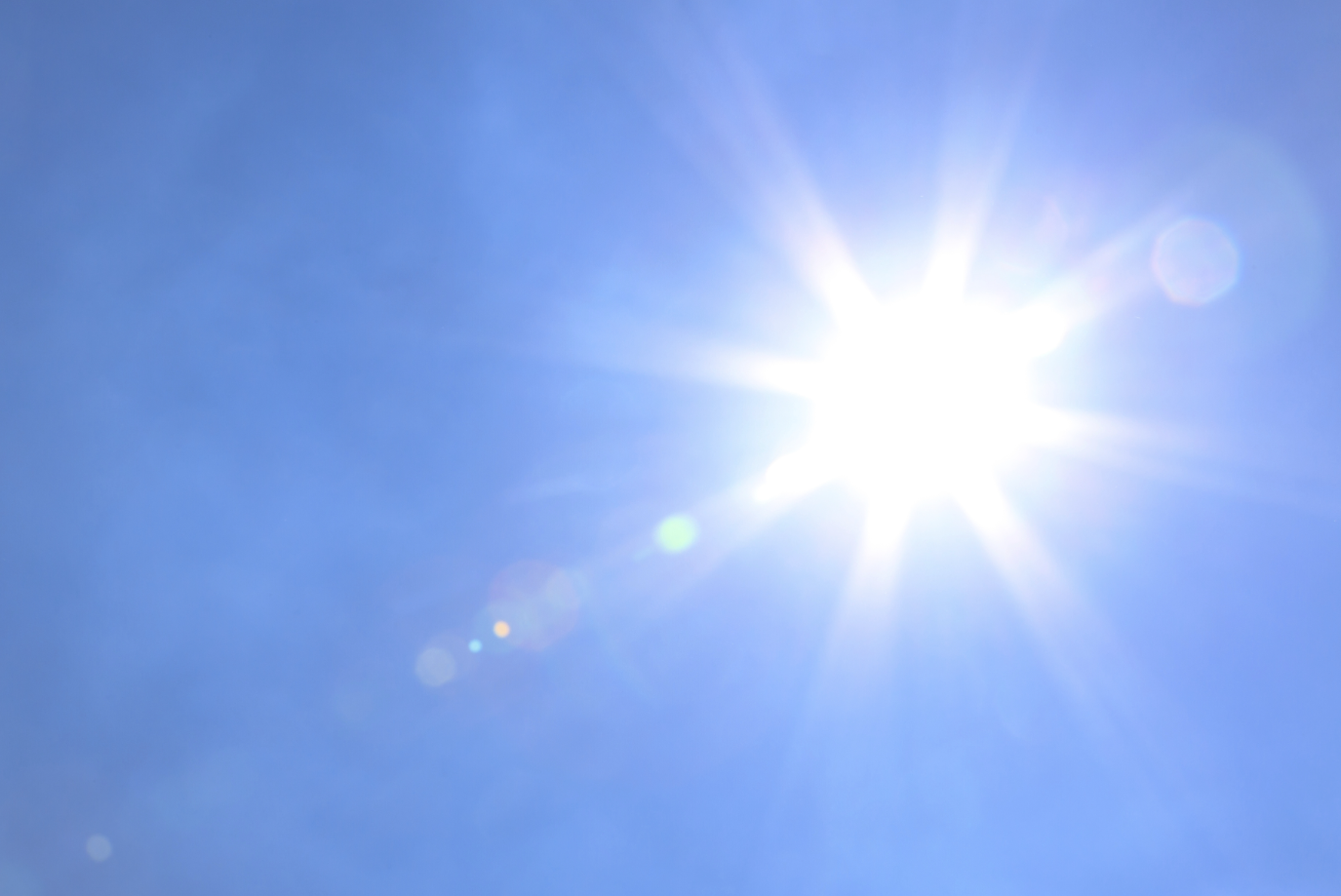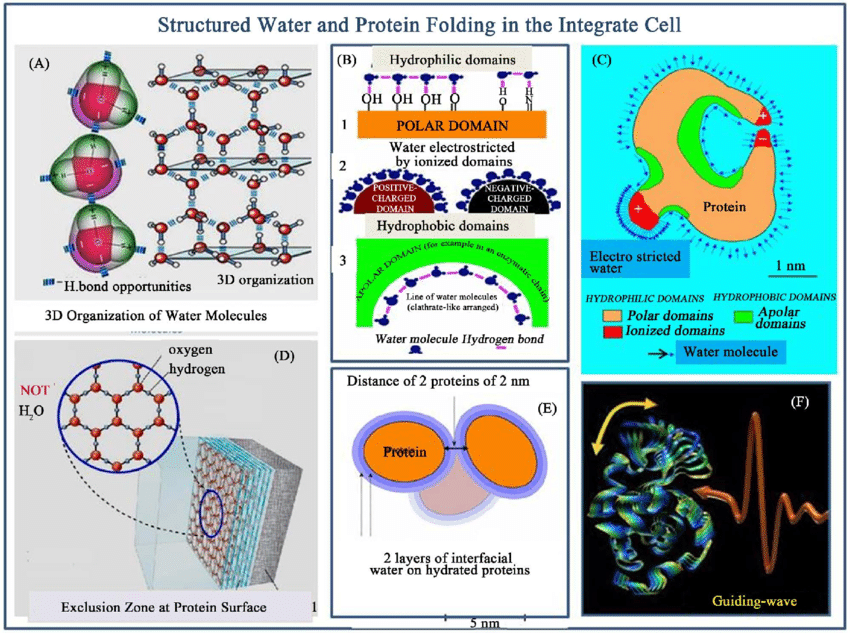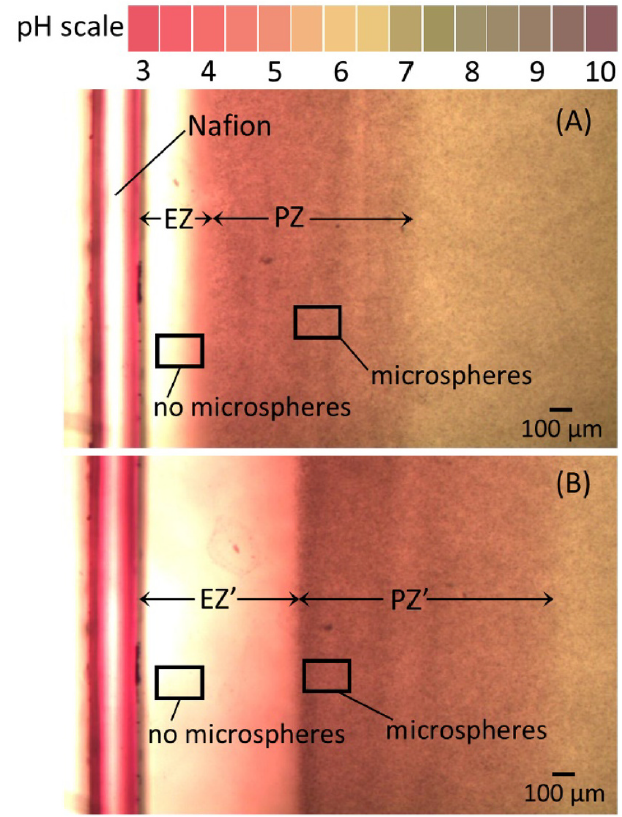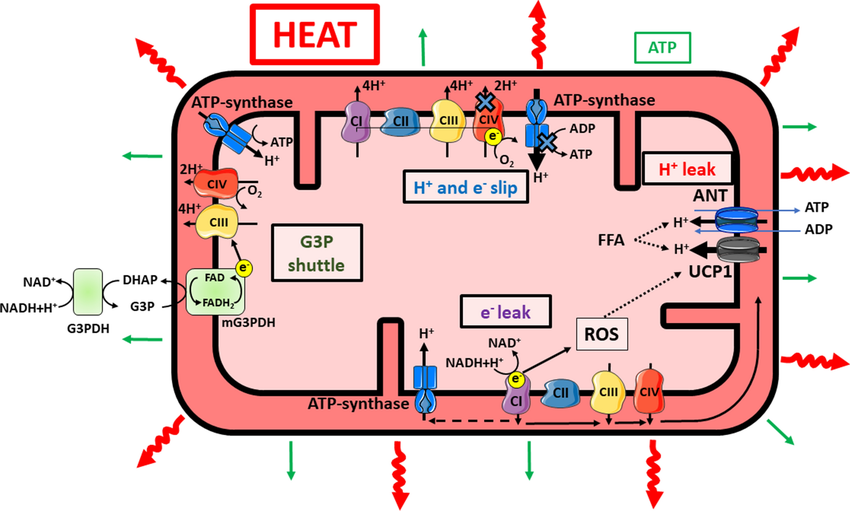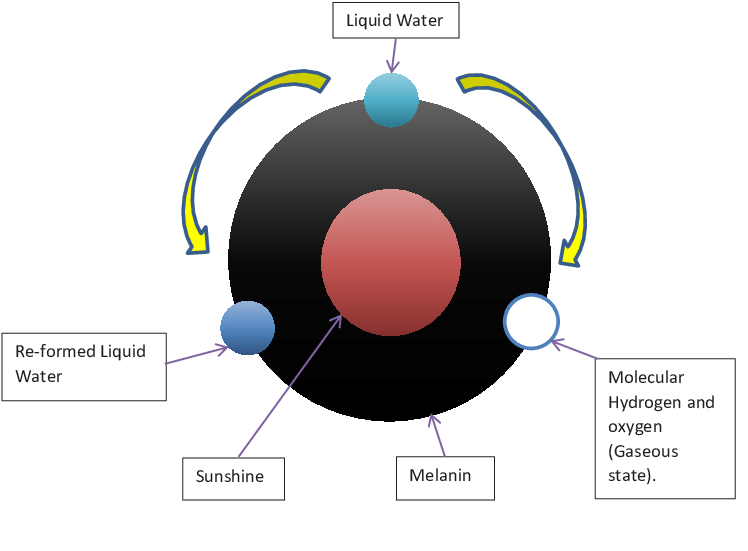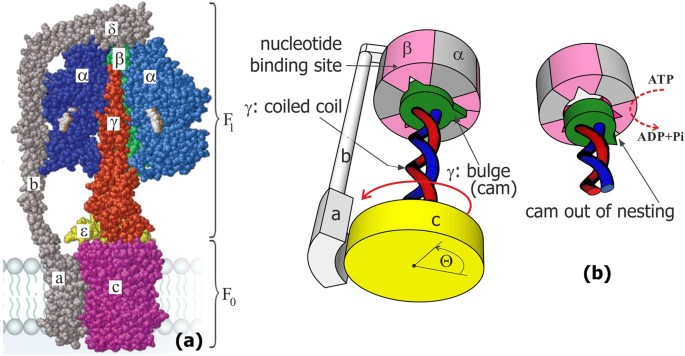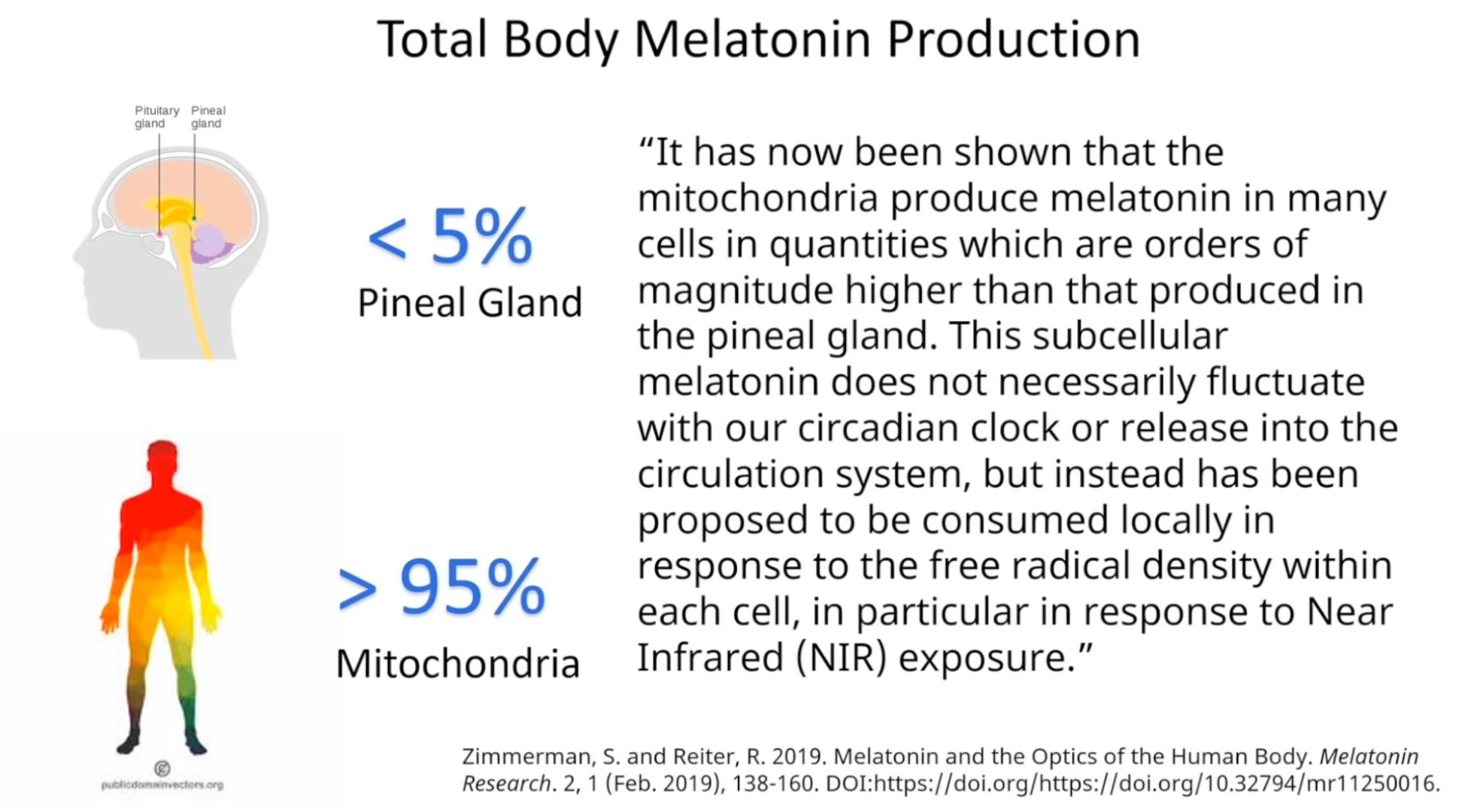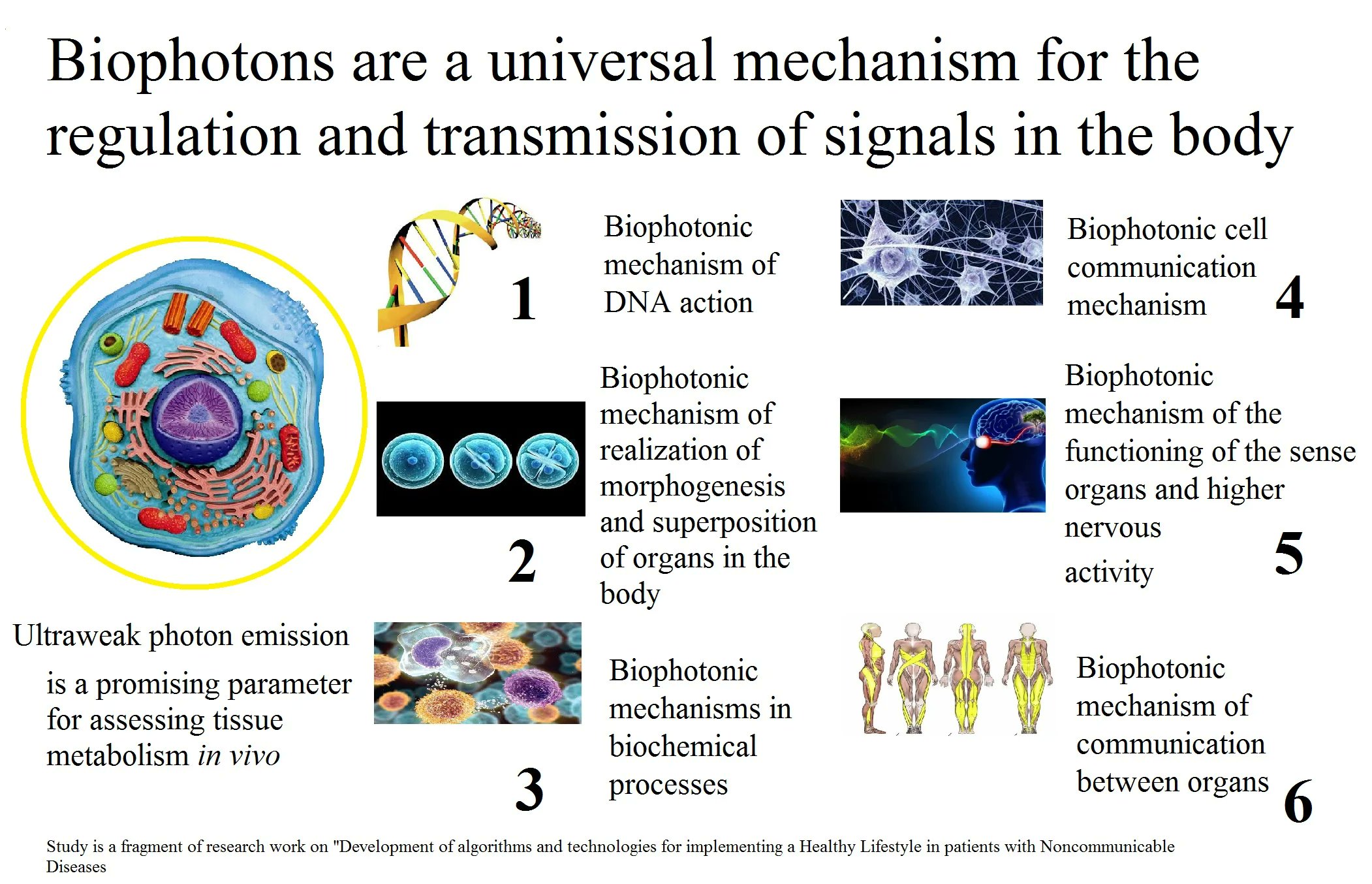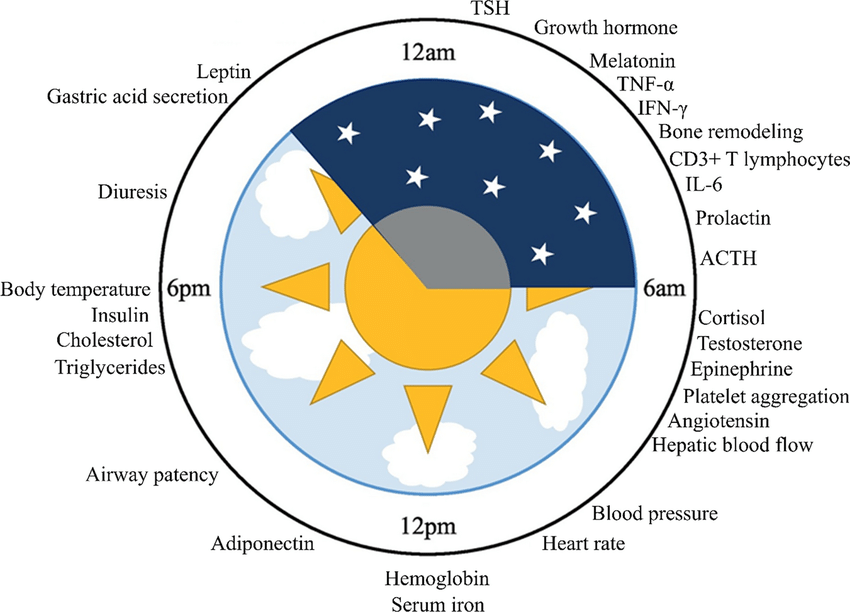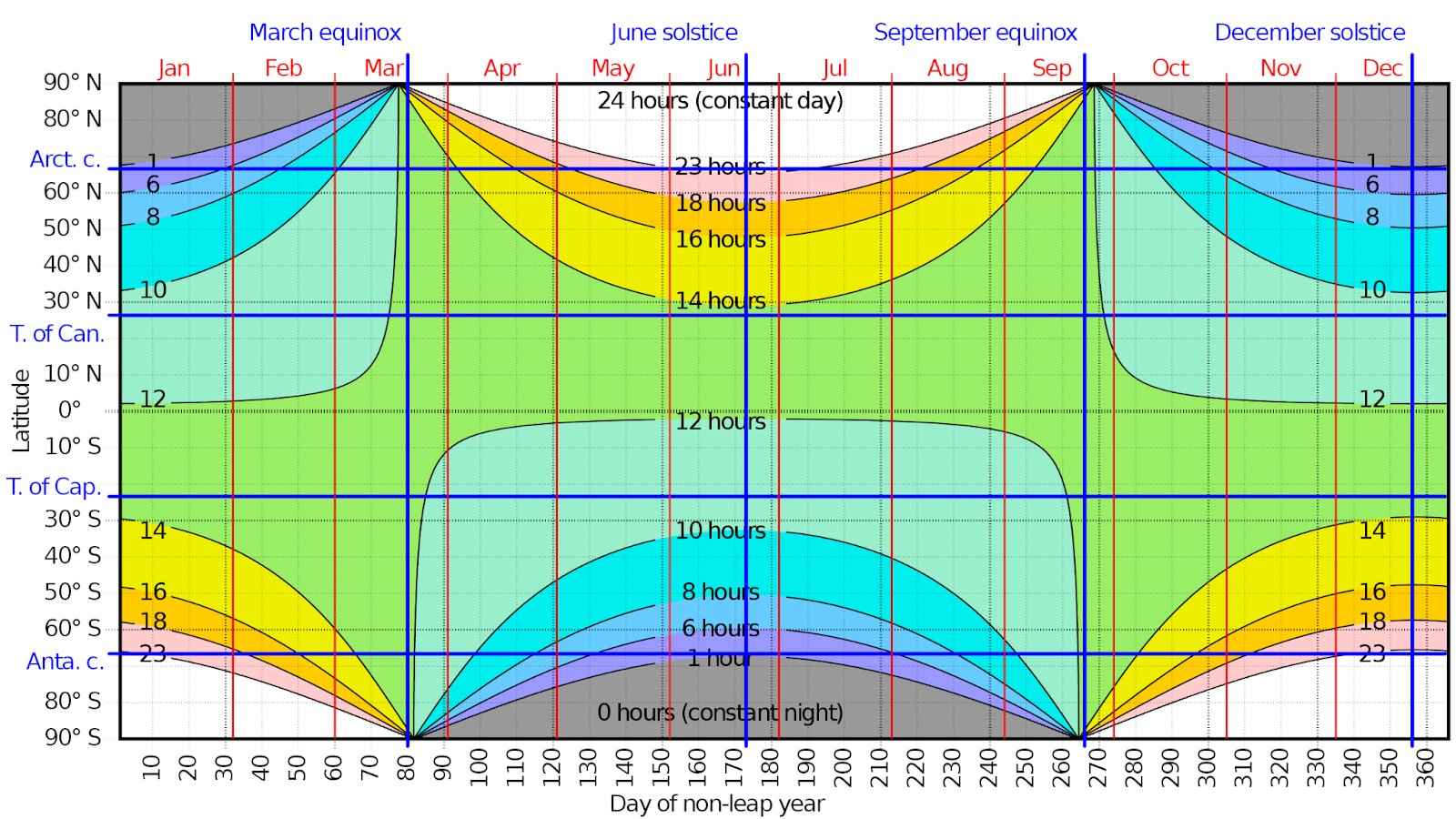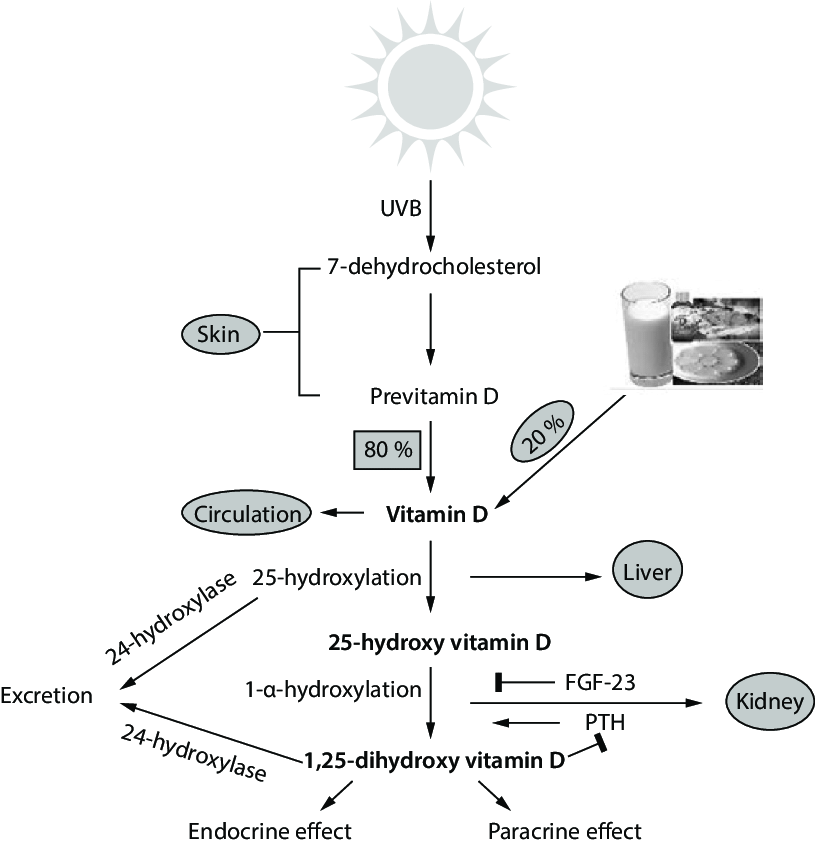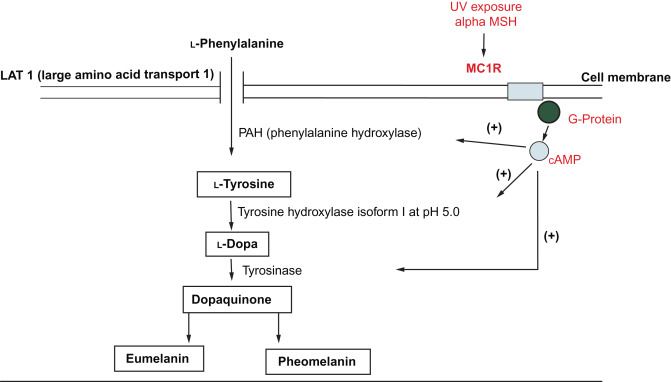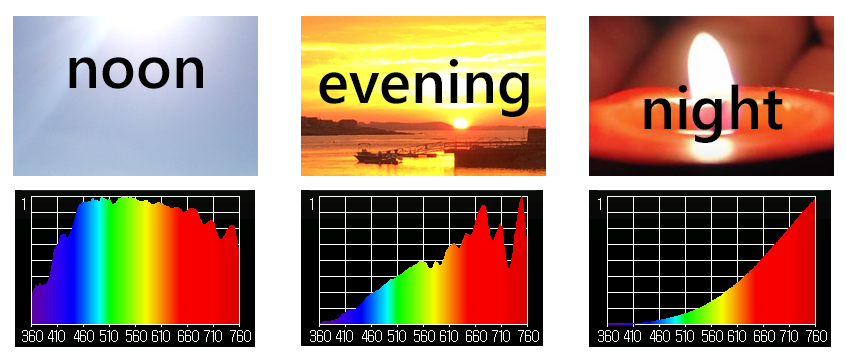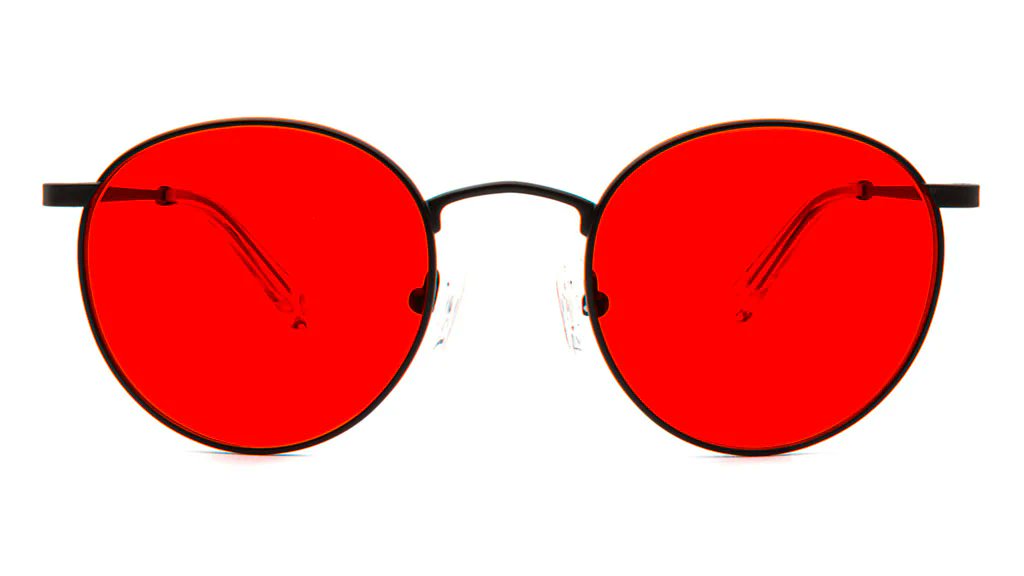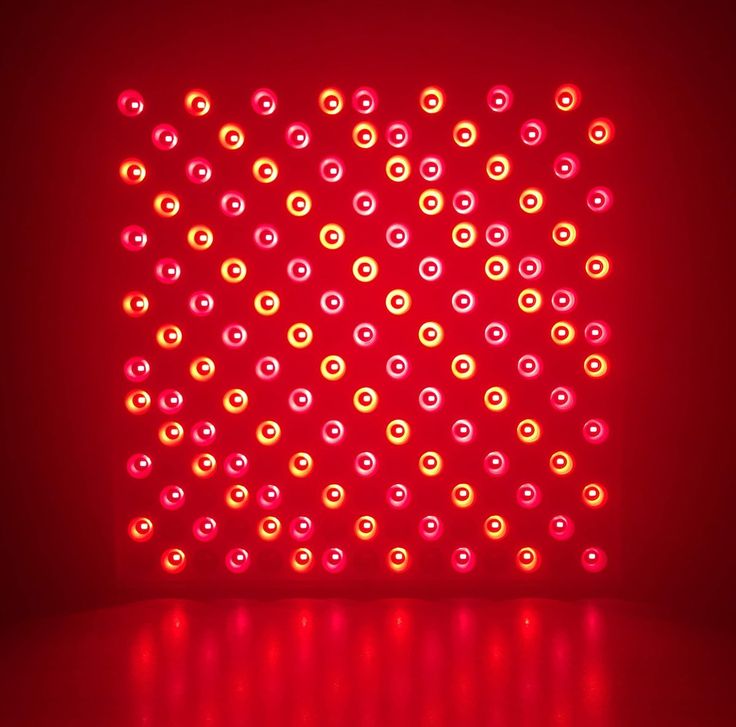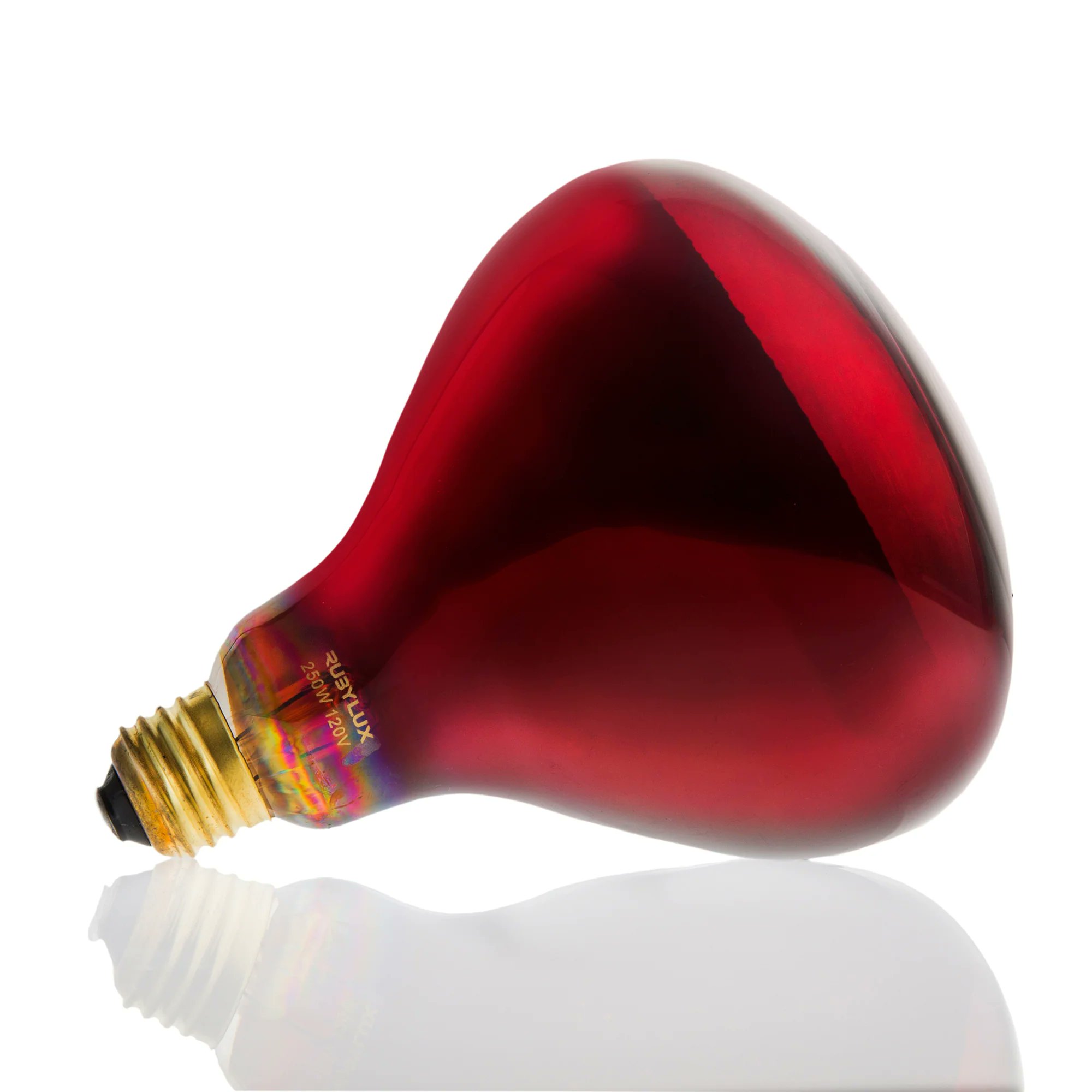The photosynthetic man
Humans are undeniably photosynthetic, as we require light to generate energy, maintain structure, and adapt to environmental changes. The quantity and quality of light you are exposed to, and produce, will determine your health, appearance, and perception of reality.
Charged by light
When water is exposed to light, it separates positive and negative charges, creating a gradient similar to a battery. This occurs near hydrophilic surfaces such as cell/mitochondrial membranes. Not only does this allow for work to be done but provides form to proteins.
Autophotosynthesis
Infrared light has the most prominent effect on these so-called “Exclusion Zones” (EZ), driving the biggest gradients that are capable of the most work. IR light, in the form of heat, generated by cells is then able to structure water and “create” energy in the same manner.
Melanin powered
With the help of light, melanin can dissociate a water molecule into molecular hydrogen, oxygen, and four usable electrons. This is similar to chlorophyll, however, melanin can reverse the reaction and form water.
Bioenergetic MelaninATP generation
One of the beneficiaries of the structuring of water are the nano-bioturbines found within the membranes of the mitochondria. Light potentially reduces the viscosity of the water, allowing the ATP synthase to spin more easily, generating more ATP.
Mitochondrial melatonin
~95% of all melatonin is made in the mitochondria upon exposure to IR light. The melatonin is meant to counter the increase in ROS generated by metabolism. Melatonin secreted into the ventricular system at night is meant to protect the delicate tissue from darkness.
Biophotons
Light from the environment along with endogenously produced biophotons signal metabolic, hormonal, and genetic changes within the organism (or vice versa). This occurs through fluid, collagen fibers within the fascia, and cells/organelles.
Connection to the eyes
Via the eyes, information from light also provides an accurate and recent depiction of the surrounding environment. This allows for quick changes and helps to support the physical body in space.
Circadian rhythm
When the sun rises and when it sets, serves as the metronome for all bodily functions. Mitochondrial metabolism, neurological function, and digestion are but just a few of the processes that are reliant on a sound and consistent circadian rhythm.
Seasonal circadian
Circadian rhythm also holds true on a seasonal level, as the availability of light is dependent on your location. In response, all aspects of physiology will fluctuate in accordance with the sun. This requires changes to your diet and lifestyle that match patterns of light.
Hormone synthesis
Light is involved in the synthesis of countless hormones including vitamin D, dopamine, MSH, and even many of the sex steroids. This occurs in the skin, upon light exposure to the retinae, and via light transmitted through the body.
Contents of sunlight
All natural light comes from the sun, which emits a balanced spectrum of frequencies/wavelengths. The composition of light changes throughout the day, based on the relative angle of the sun to the atmosphere. This is why morning/evening appears orange and midday is bright white.
Artificial deviations
Modern lifestyles/environments deviate greatly from the sun, as synthetic light sources often lack IR/red and UV frequencies. The result of this malillumination is similar to deficiencies in key nutrients, disrupting metabolic function and circadian rhythm.
Light strategies
Maximizing your illumination comes down to:
-Getting more natural sunlight
-Maintaining a consistent circadian rhythm
-Avoiding (excessive) harmful synthetic light
-Supplementing light when necessary
-Consuming nutrients that aid in the utilization of light
Sunlight is best
The sun is the gold standard, as you should be basking in it for as long as it feels good. The more bare skin you have exposed, the better. Indirect light, under shade (trees) is also beneficial.
Simple circadian
Circadian rhythm can be summed up as wake when the sun rises, get ready for bed when the sun sets. This is true daily and seasonally; you will need less sleep during the summer and more during winter. The fewer interruptions to this rhythm, the more in tune you will be.
Avoiding and replacing artificial light
Reducing your exposure to artificial light can be a challenge. Where possible, replace lighting with sun-mimicking bulbs and/or switch to IR/red light in the evening. Exposure to natural sunlight can offset some of the effects of this lighting and light filters can help at night.
Red and infrared light
Red/IR lights are some of the more commonly utilized forms of supplemental light due to their fundamental effects. This could be from incandescent bulbs, LED panels, or LED pads. The uses and needs of the individual should be considered before purchasing.
FlexBeam
I’ve been using the FlexBeam for a few years now and would recommend it to anybody looking for a topical red/IR light device. Use the coupon code “lightup” for $60 off.
FlexBeamNeeded nutrition
Nutrients from food are needed to be able to fully capitalize on the effects of light. Some of the most important include:
-Carbohydrates
-B vitamins
-Magnesium
-Copper
-Calcium
Conclusion
In all, light should be treated with similar importance to food. If you don’t eat enough, or eat low quality (synthetic) foods, you likely won’t feel good. The same is true for light. More isn’t always better and will depend on the individual and his/her state.
